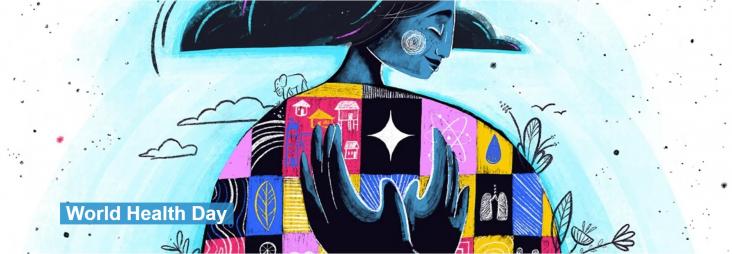This paper concludes that the SIVESNU (Sistema de Vigilancia Epidemiológica de Salud y Nutrición) surveillance platform is a critical tool for government and partners, addresses key data gaps, and provides high-quality data used to monitor and improve public health in Guatemala.
The goal of global food security will be achieved only by improving the qualitative and quantitative traits of crops through exploitation of metabolic pathways involving advanced analytical tools and technologies.

Aquaculture has been viewed as a potential pathway to healthy and sustainable diets by increasing global nutrient-rich food production while minimizing environmental impacts.
In the journey towards attaining the Sustainable Development Goals (SDGs), large scale organic farming has emerged as a strategy of increasing significance.

On April 22 every year, we celebrate the anniversary of the birth of the modern environmental movement with Earth Day.
An Article in support of SDGs 2 and 10, analysing global inequalities in the double burden of malnutrition and its association with economic and social globalisation, showing that the probability of the double burden of malnutrition at the household level differs across country income and household wealth.

This Special Issue highlights publicly available journal articles and book chapters focusing on various humanitarian issues related to the crisis in the Ukraine and other countries.
This paper focuses on limiting food waste by measuring consumers' willingness to eat aging produce.
Food security is achieved when all people, at all times, have physical and economic access to sufficient, safe, and nutritious food to meet their dietary needs and food preferences for an active and healthy life.

Our planet, our health
Are we able to reimagine a world where clean air, water and food are available to all?
Where economies are focused on health and well-being?
